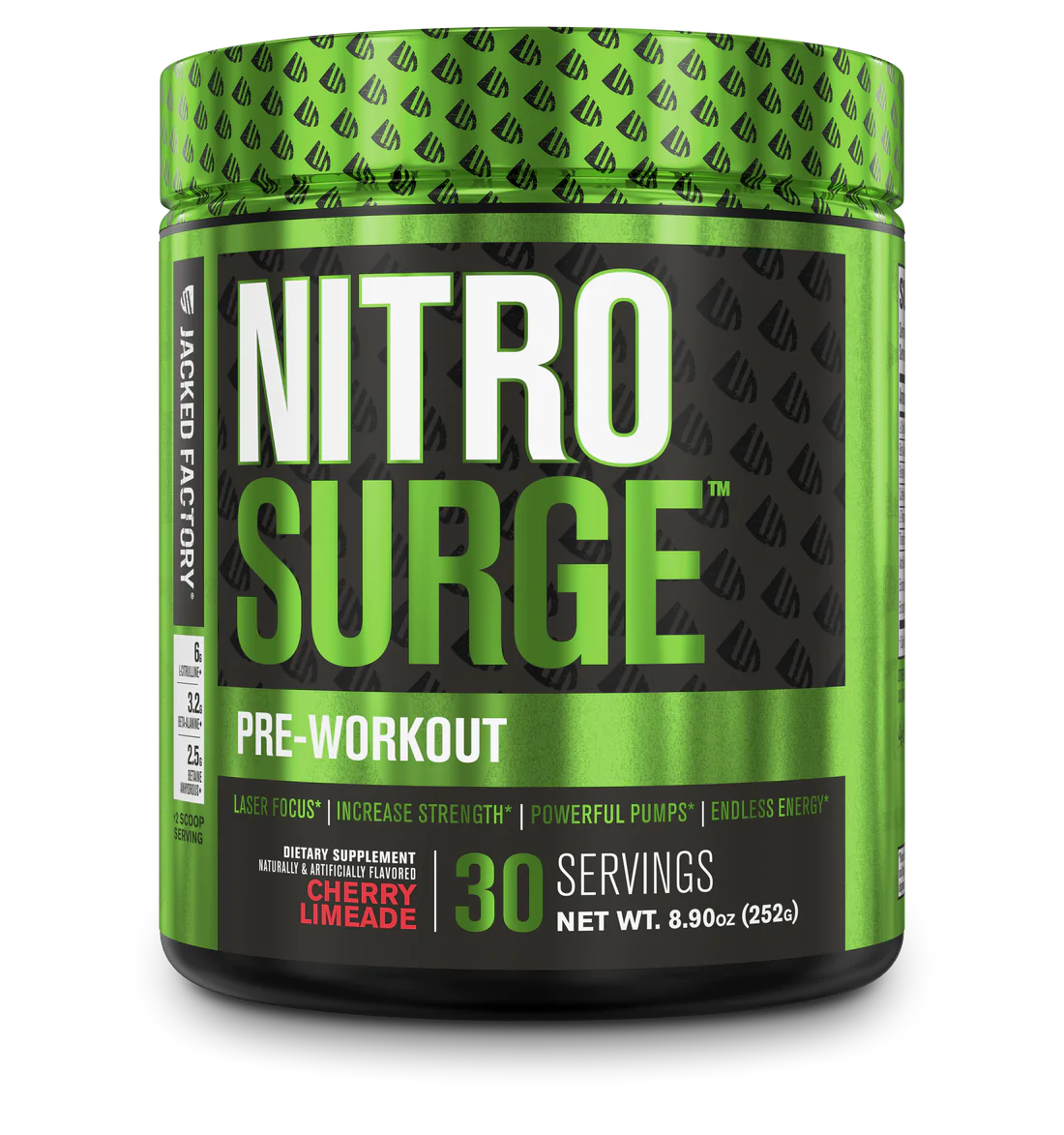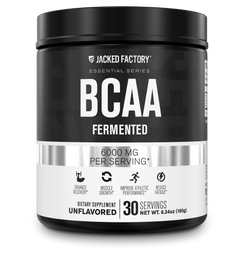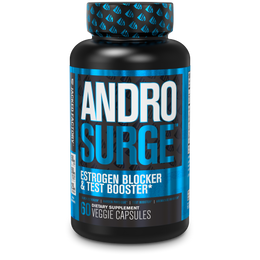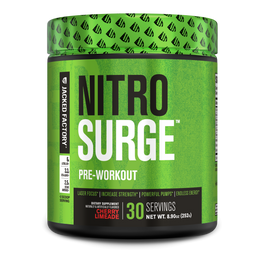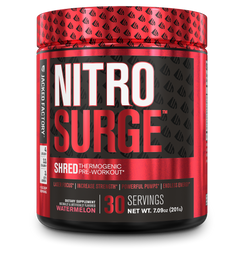IIFYM has become a popular diet choice in bodybuilding and fitness circles. If it fits your macros may be the most popular method of eating to emerge in the past several years because it allows for flexibility in the types of food consumed, while still producing real results. Is IIFYM just another fad, or a scientifically supported strategy that’s here to stay? Let’s find out!
What is a Macro?
A macronutrient is a nutritional component of the diet that is required in relatively large amounts: proteins, carbohydrates, fats, and minerals such as calcium, zinc, iron, magnesium, and phosphorous.
What is “If It Fits Your Macros”?
The concept of if it fits your macros is very simple. The idea is to set macronutrient goals for daily food consumption and to track the nutritional value of each item eaten throughout the day. The beauty of it is that there are no restrictions on types of food; everything is allowed, as long as your daily macronutrient goals are met.
The first step is to figure out your caloric baseline, which is the number of calories consumed by the body as fuel each day to maintain its lean mass and keep body fat percentage the exact same.
Accomplishing this task takes some guesswork and requires tracking calorie intake ,as well as frequently monitoring body weight to establish your caloric baseline. For example, a 200-pound male who is working out four to five times per week can expect a baseline similar to this:
- Protein: 200 grams
- Carbohydrates: 275 grams
- Fat: 75 grams
- Total Calories: 2,575
A few points to keep in mind when establishing macronutrient goals:
- To maintain and build lean muscle mass, athletes should aim to consume at least one gram of protein for every pound of bodyweight.
- Low carb diets may be popular for weight loss, but sufficient carbohydrate intake is necessary for building and maintaining muscles. Always be sure to consume enough if your main goal is to build or preserve all of your hard earned muscle mass. Try to consume the majority of your daily carbohydrates around workouts to fill muscles with glycogen and enable them to train at maximum intensity.
- Fats are also vital for testosterone and hormone production, so aim to consume about 20-30 percent of your daily calories from fats.
Approximate Macronutrient Breakdown
Having trouble figuring out your macronutrient totals for an IIFYM diet? Here’s a pretty reliable guide to estimate what you should be consuming. Keep in mind that this will fluctuate slightly for each person depending on body fat percentage, body type, and lean muscle mass.
- Protein: 1 gram per 1 lb of bodyweight
- Carbohydrates: 1.75 grams per 1 lb of bodyweight
- Fat: 0.4 grams per 1 lb of bodyweight
Counting Macronutrients
You’ve figured out your caloric baseline and macronutrient ratios. Now, you’ll need to track the nutritional value for food consumed throughout the day. Download a calorie counter and diet tracker app for your smartphone, create an account, enter your macro goals, and begin tracking.
The nutritional profiles of thousands of different types of food (especially fast food items) are usually already saved within these apps. Simply enter an item in “Food Search” and add it to your daily log. If you can’t find what you’re looking for, you can manually add the item and its profile to your daily count.
Now that you’ve established your macro totals, the main question is how to follow IIFYM. The idea is that you can eat whichever foods you like, as long as your total daily consumption of the three macronutrients meets your target goals.
Essentially, the type of food is irrelevant, and only the nutrients contained within the food matter.
A major protein and fat source could be McDonald’s hamburgers or fried chicken, and carbohydrates could come from gummy bears, cheesecake, ice cream, candy, and donuts! Once again, you just need to be conscious of the macronutrient totals consumed for the entire day.
Keep in mind that when consuming sugary treats like ice cream and donuts, fat and total carbohydrate totals will increase much more quickly than when consuming veggies, rice, fruit, and sweet potatoes.
The IIFYM strategy works for someone who wants results in the gym without sacrificing the foods they enjoy eating for boring bodybuilding diet staples like chicken and broccoli.
Let’s take a quick look at the positive aspects associated with IIFYM:
- Allows for a flexible dieting plan, and the freedom to enjoy all types of food while still losing weight.
- Easy to figure out macronutrient totals.
- Lets you enjoy meals with confidence, knowing that you aren’t “cheating” or overeating.
- Pop Tarts, Ice Cream, and Donuts anyone?!
Now, what are the drawbacks to the IIFYM diet?
IIFYM: A Few Things To Consider
A diet that allows you to eat whatever the hell you want and still see results, so what’s the catch? Well, IIFYM can be a great strategy for most people, but remember to take a few things into consideration:
- It’s easy to get carried away on a diet that has no restrictions on delicious food. While this forms the basis of the IIFYM diet, you must keep in mind that filling your body with junk food, fried foods, and sugar-laden treats can upset your stomach. If you have a sensitive stomach, be careful sure not to overdo it and consume too much.
- Many people have a hard time digesting trans fat, a type of fat found in some processed foods such as sweets, fried food, and junk food. Be conscious of energy levels and how you feel after consuming certain foods. It’s important to avoid foods that may cause discomfort and affect your training sessions. It’s also important to have micronutrient goals and aim to eat healthy foods at least 80% of the time.
- While it is true that all types of food can fit into an IIFYM diet, those who have had the best results abide by the 80/20 principle. This means 80% of food consumed should be “clean” items such as lean proteins (chicken, fish, beef, eggs, turkey, etc), complex carbohydrates (sweet potatoes, brown rice, fruits, veggies, quinoa, beans, whole grains, oats, etc), and healthy fats (nuts, nut butters, coconut oil, olive oil, flax seeds, etc), and the remaining 20% from the delicious treats such as donuts, burgers, and candy that we all enjoy.
- One other thing to consider is how you time your “simple carbohydrates.” Simple carbs are highly anabolic when consumed following a workout and help shuttle amino acids into cells and replenish muscle glycogen. Aim to consume a good portion of your “flexible carbs” following a workout.
- Tasty sweets like gummy bears, jelly bellies, fat-free frozen yogurt, and other simple sugars are perfect to pair with a protein source following a workout to spike your insulin and initiate protein synthesis. Reward yourself after a hard training session with some delicious treats that can actually accelerate your gains! However, keep your diet mostly clean!

